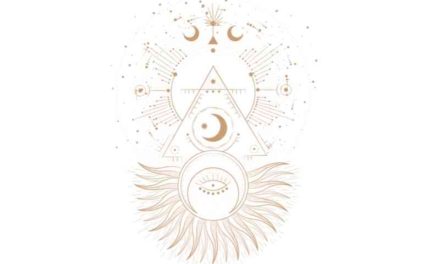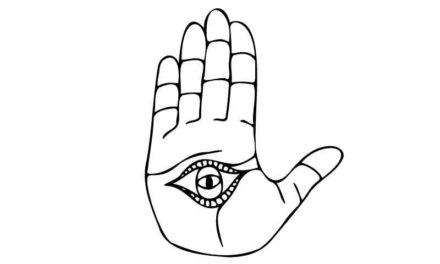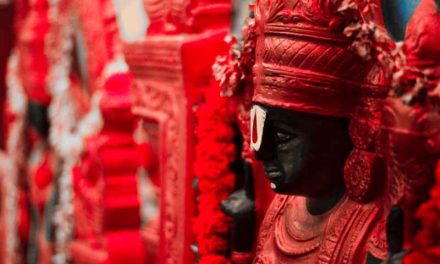Ayurveda is mostly preventative in nature, and its goal is to maintain a healthy balance. Ayurveda originated in the Gangetic plains of India, primarily near the foothills of the Himalayas, but was later abandoned in its original location with the arrival of the Arab invaders.
However, it was very well preserved by the Namboothiri Brahmins who brought it to Kerala, which is now known as the “Home of Ayurveda,” with the best medicinal centers and educational centers in the world. It is well-known across India, and in a nutshell, it may be considered an Aryan form of medical treatment. In general, all of the books are written in Sanskrit or Malayalam.
Siddha Vaidya is a curative science that has been around for thousands of years. Diseases and diseases are divided into 4448 categories, each of which has 64 alternative techniques, 32 exterior, and 32 internal, for each. Siddha medicinal formulas number more than 200,000 in total, according to verified sources.
Siddha is a traditional medicine that has its origins in the Tamil Nadu region. Even now, it is very popular in Tamil Nadu, and to a lesser extent, it is also popular in Karnataka and Andhra Pradesh. It is more of a traditional Dravidian or Tamil method of healing than anything else.
Both Siddha and Ayurveda are excellent in their own right, however when it comes to treating nerve and muscular disorders, Ayurveda is advised, whilst Siddha is recommended for treating chronic respiratory and digestive ailments, respectively.
Aside from this, both Ayurveda and Siddha may be used to treat a wide range of chronic conditions and ailments.
When compared to Siddha, there are many Ayurvedic practitioners because there are many institutions to teach Ayurveda, but this is not the case with Siddha, which has only one institution in Tamil Nadu.
However, some families who have practiced Siddha since ancient times are genuine; however, beware of Quackery practitioners who claim to be knowledgeable about Siddha or Ayurveda but do not have proper certifications or qualifications.
Ayurveda focuses on the four doshas (Tridosha, Vatha, Pitha, and Kapha), while Siddha focuses on the five elements (Earth, Water, Fire, Air, and Space), according to the Hindu religion.
Ayurveda is written down in Sanskrit, which is an Aryan language written in the devanagri script.
Siddha Vaidya is written in Tamil, which is a Dravidian language, and is the first book in the series.
In Ayurveda, there are five main types of Vatha humors.
There are 10 distinct Vathas, as described by Siddha.
The Siddha Vaidya school of medicine is said to have evolved from or have derived from the Indus Valley culture.
The practice of Ayurveda evolved throughout the Vedic era and during Vedic civilization.
Dhanvantari is said to be the mythological founder of Ayurveda.
Lord Shiva is the Divine father of Siddha, and Sage Agasthya, Shiva’s son, is the human link to him. Siddha is a branch of Hinduism that originated in India.
The goal of Siddha Vaidya is to provide immortality to people since humans are weak in this regard. Longevity is the center of the practice. It is necessary to remain disease-free and to have a healthy, fulfilling and productive life in order to reach this goal.





